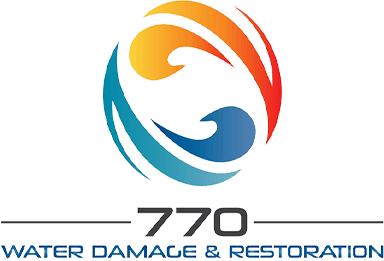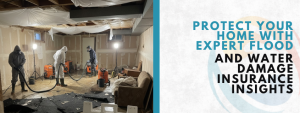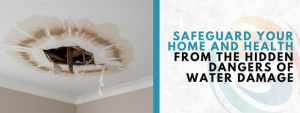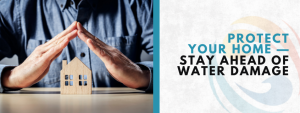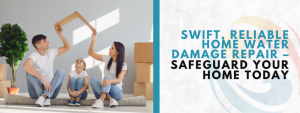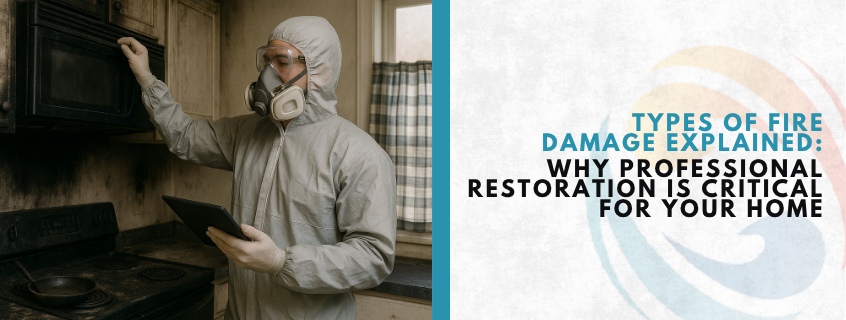
When a fire strikes a home or business, the visible flames are just one part of the damage. Many people don’t realize that fires leave behind various types of destruction—some hidden, some toxic, and some that grow worse with time. Understanding the types of fire damage is crucial not only for safety but also for restoring your property the right way. This is why professional restoration services are not just helpful—they’re necessary. Let’s walk through everything you need to know in the simplest terms possible, so you can make smart choices in the face of a fire disaster.
Smoke and Soot Damage: Hidden Dangers Beyond the Flames
After a fire, smoke and soot often cause more long-term issues than the flames themselves. These particles seep into walls, ceilings, furniture, and HVAC systems, creating lingering odors and toxic residues. Among the common types of fire damage, smoke and soot are especially dangerous because they are less visible yet highly destructive. In Playa Del Rey, where coastal moisture can worsen staining and corrosion, the risks become even greater. Left untreated, soot can trigger respiratory issues and allergies. Professional restoration teams use specialized cleaning techniques, deodorization, and air purification to remove contaminants effectively. For Playa Del Rey homeowners, addressing this type of fire damage quickly is crucial to restoring safety, air quality, and peace of mind.
Signs It’s Time to Bring in a Restoration Expert
Lingering Smoke Odors (Smoke Damage) – Persistent smells often point to hidden soot and smoke particles. This is one of the most common types of fire damage that requires professional treatment.
Visible Structural Damage (Heat/Flame Damage) – Warped flooring, cracked walls, or weakened beams reveal severe damage caused by flames and extreme heat.
Water Damage After Firefighting (Water Damage) – Standing water, damp drywall, or mold growth show how firefighting efforts create another major type of fire damage that needs expert handling.
Persistent Stains or Residue (Soot Damage) – Black streaks, ash, or oily residue that regular cleaning cannot remove.
Health Symptoms (Toxic Residue Damage) – Respiratory irritation, headaches, or allergies from lingering toxins and poor indoor air quality.
Why DIY Cleanup Isn’t Enough
After a fire, many Playa Del Rey homeowners consider handling cleanup themselves, but restoration is far more complicated than it appears. Among the different types of fire damage, smoke, soot, and water can linger in hidden areas like walls, ceilings, and flooring. These issues often create health hazards and structural risks that ordinary cleaning supplies cannot resolve. DIY cleanup may leave behind toxic residues, stubborn odors, or even mold growth from firefighting water. In coastal areas like Playa Del Rey, moisture can intensify these problems, making professional intervention even more critical. Certified restoration teams use advanced equipment and proven methods to eliminate hidden damage, restore air quality, and safeguard property value. True recovery requires expert care—not DIY solutions.
7 Savage Types of Fire Damage Homeowners Must Know About
Homeowners are often shocked by the different types of fire damage that can occur after even a small blaze. Each type brings unique challenges, making professional restoration essential.
- Smoke Damage – Lingering particles discolor walls, ceilings, and furniture while leaving behind toxic residues.
- Soot Damage – Black, oily residue that stains surfaces and penetrates fabrics, HVAC systems, and electronics.
- Structural Damage – Weakened walls, beams, floors, or roofs that compromise the safety of the home.
- Water Damage from Firefighting – Sprinklers and hoses leave excess water, leading to mold, warping, and weakened structures.
- Odor Damage – Persistent smoke odors that embed deep into fabrics, carpets, and porous surfaces.
- Heat Damage – Extreme temperatures warp metal, shatter glass, and damage appliances and electronics.
- Chemical Residue Damage – From burned plastics or hazardous materials, leaving harmful toxins that require professional cleanup.
Understanding these types of fire damage helps homeowners act quickly, reduce risks, and ensure a thorough restoration process.
How Professionals Restore Safety and Value After Fire Damage
When disaster strikes, professional restoration teams play a crucial role in bringing homes back to safety and livability. Specialists understand the many types of fire damage, from smoke and soot contamination to water damage left behind by firefighting efforts. In coastal areas like Playa Del Rey, where moisture can intensify structural issues, expert evaluation ensures that hidden risks are identified and addressed quickly.
Choosing Fire Damage Restoration Playa Del Rey services means more than just cleaning—it’s about restoring value and peace of mind. Professionals use advanced equipment to remove hazardous residues, neutralize odors, and repair weakened structures. By tackling every aspect of the damage, they not only protect the integrity of the property but also create a healthier environment for homeowners and their families.
Frequently Asked Questions About Types of Fire Damage and Professional Restoration
What are the different types of fire damage homeowners should know about?
Homeowners typically face several types of fire damage after an incident, including direct heat damage, smoke and soot contamination, water damage from firefighting, and long-term risks like mold growth.
Why is professional fire damage restoration important?
Professional fire damage restoration is vital because trained specialists have the experience, equipment, and safety protocols needed to fully restore a property. From removing toxic soot and drying out water-logged areas to repairing structural weaknesses and sanitizing air ducts, experts follow a comprehensive process to make homes safe again.
How quickly should fire damage restoration begin after a fire?
It’s critical to begin fire damage restoration as soon as possible—ideally within 24 to 48 hours. Immediate action helps prevent secondary damage like mold growth, worsening smoke odors, or structural instability.
Can smoke damage affect areas of the home that weren’t touched by flames?
Yes, smoke damage can travel far beyond the original fire zone. Smoke and soot particles move quickly through air vents, cracks, and porous materials, leaving behind odors, stains, and potentially toxic residue.
What services are typically included in a full fire damage restoration process?
A complete fire damage restoration process generally includes emergency response, detailed damage assessment, debris removal, water extraction, drying, soot and smoke removal, odor control, sanitization, and structural repairs.
